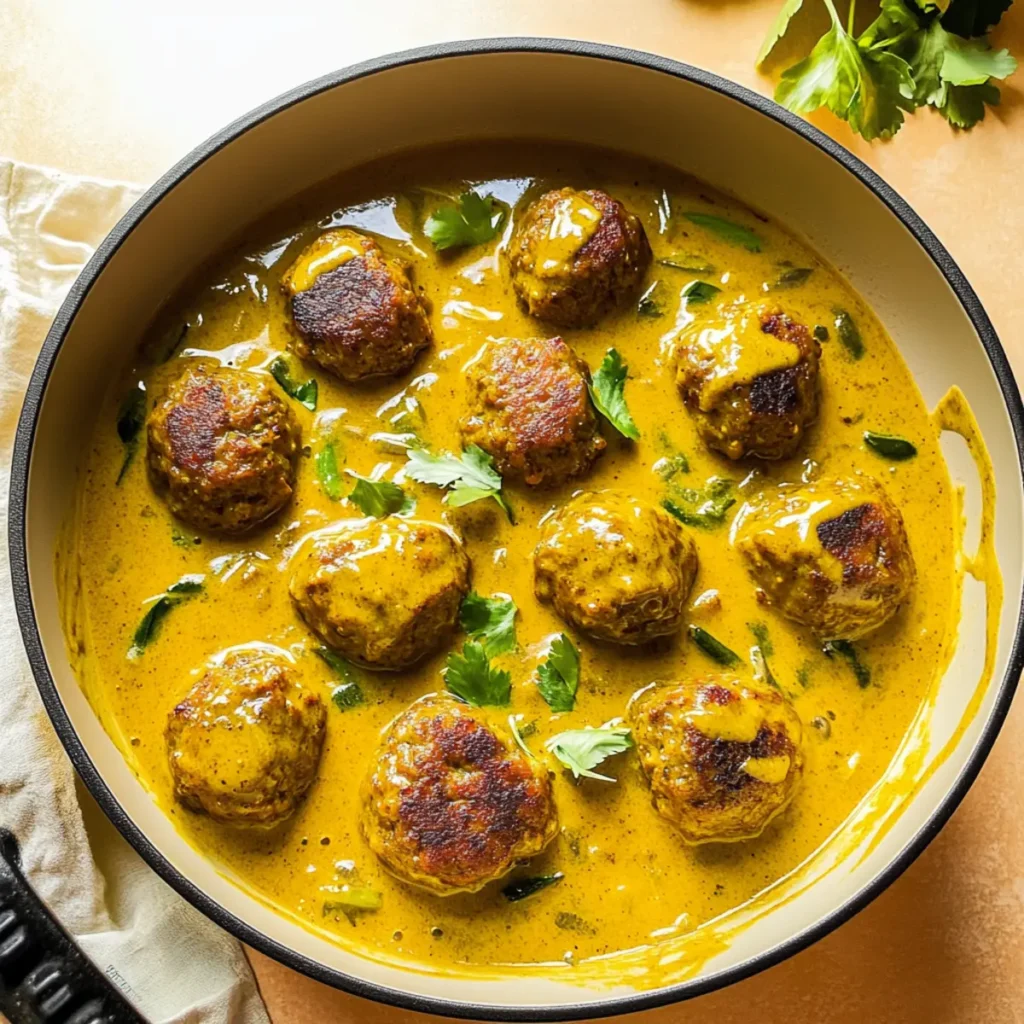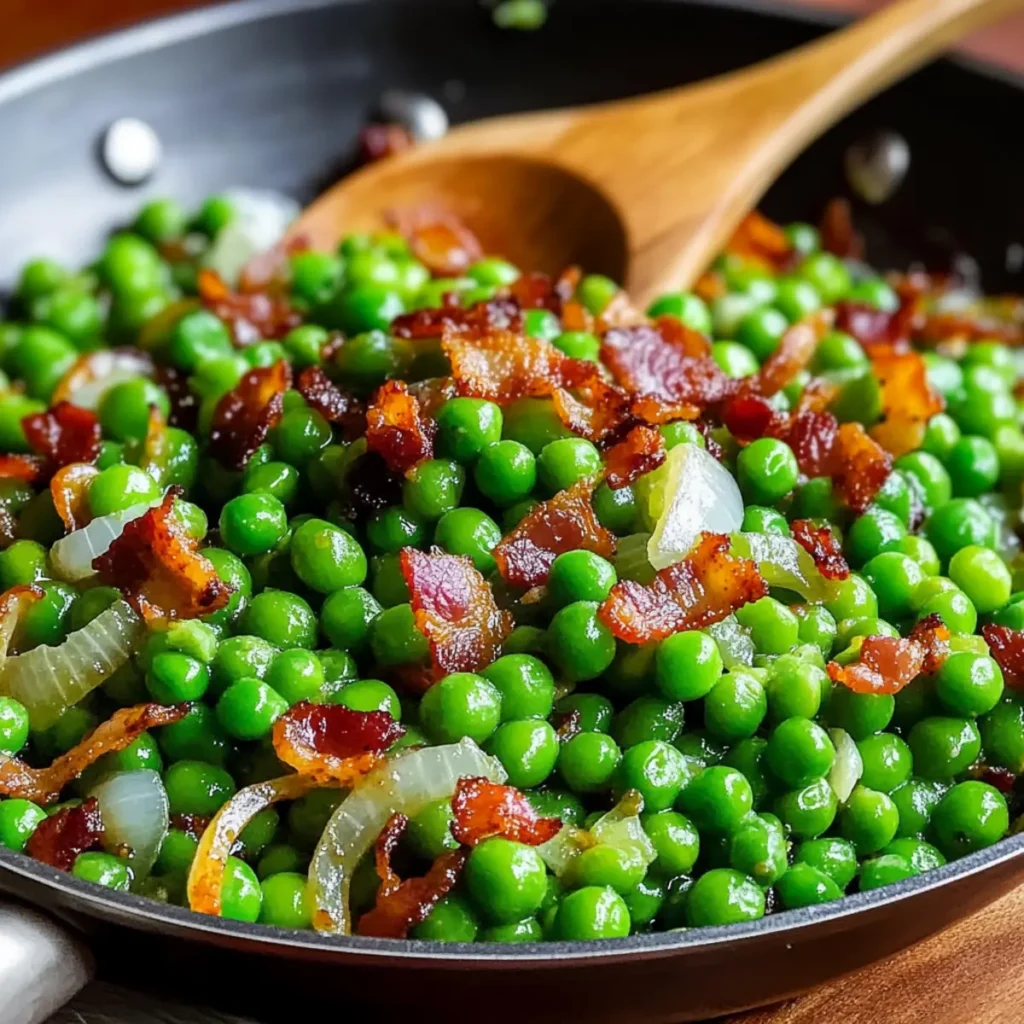Introduction to Squid Ink Pasta
Squid ink pasta, a unique and flavorful dish, has captivated food enthusiasts around the world. Originating from the rich culinary traditions of the Mediterranean, this exotic pasta stands out for its striking black color and distinctive taste. For those who love exploring different pasta varieties, the Campanelle Pasta article offers another exciting culinary journey.
Ingredients and Preparation
When preparing squid ink pasta, the key lies in the quality of ingredients and the precision of the cooking process. Here’s a guide to creating this gourmet dish:
Ingredients
To prepare squid ink pasta, you’ll need the following ingredients:
- Pasta: Choose long strands like spaghetti or linguine, about 400 grams (14 ounces) for 4 servings.
- Squid Ink: Approximately 4 teaspoons of squid ink. You can find this in specialty food stores or online. Some prefer to extract ink from fresh squids.
- Seafood: This can include shrimp, clams, mussels, or squid, about 400 grams (14 ounces) in total.
- Garlic: 2 to 3 cloves, finely chopped.
- Olive Oil: 3 to 4 tablespoons, for cooking.
- White Wine: About 1/2 cup, for deglazing and adding flavor.
- Fresh Parsley: Chopped, for garnish.
- Salt and Pepper: To taste.
- Red Pepper Flakes: Optional, for a bit of heat.
- Lemon: For serving, adds a fresh zesty flavor.
Preparation
- Cook the Pasta:
- Bring a large pot of salted water to a boil.
- Add the pasta and cook until al dente, following the package instructions.
- Drain the pasta, reserving a cup of the pasta water for later use.
- Prepare the Seafood (if using fresh squid or shrimp):
- Clean and slice the squid into rings or small pieces.
- Devein the shrimp if they are not already prepared.
- Cooking the Sauce:
- In a large skillet, heat the olive oil over medium heat.
- Add the chopped garlic and red pepper flakes (if using) and sauté until fragrant.
- Add the seafood and cook until just done – shrimp should be pink, and squid should be tender.
- Pour in the white wine, and let it simmer for a minute to reduce slightly.
- Adding the Squid Ink:
- Stir in the squid ink until it is well mixed with the wine and garlic.
- If the sauce is too thick, add a bit of the reserved pasta water to reach your desired consistency.
- Combining Pasta and Sauce:
- Add the cooked pasta to the skillet with the sauce.
- Toss everything together over low heat until the pasta is well coated with the sauce.
- Season with salt and pepper to taste.
- Serving:
- Serve the pasta hot, garnished with chopped parsley.
- Provide lemon wedges on the side for squeezing over the pasta.
- Optional Additions:
- You can add cherry tomatoes or a handful of spinach for extra flavor and color.
- Grated Parmesan cheese can be offered on the side, although traditionally, cheese is not paired with seafood pasta in Italian cuisine.
Enjoy your homemade squid ink pasta with its unique flavor and striking appearance!
For a deeper dive into the varieties of Italian pasta, visit Epicurious: “exploring Italian pasta varieties”.
Nutritional Value
Squid ink pasta, while known for its unique flavor and striking appearance, also offers a range of nutritional benefits. Here’s an overview of its nutritional value:
Nutritional Components of Squid Ink Pasta
- Calories and Macronutrients:
- Squid ink pasta, like most pasta dishes, is primarily a source of carbohydrates. The exact calorie count can vary depending on the type of pasta used and the preparation method.
- It typically contains a moderate amount of protein, especially when seafood is added to the dish.
- The dish is generally low in fat, unless additional fat is used in the cooking process.
- Squid Ink:
- Squid ink itself is low in calories and fat.
- It is a good source of iron, which is essential for blood health and oxygen transport in the body.
- The ink contains antioxidants, which help combat oxidative stress and may contribute to overall health.
- Seafood:
- If seafood like shrimp, clams, or squid is included, it adds high-quality protein and essential omega-3 fatty acids, which are beneficial for heart health, brain function, and inflammation reduction.
- Seafood is also a good source of various vitamins and minerals, including vitamin B12, zinc, and selenium.
- Olive Oil:
- Olive oil, commonly used in preparing squid ink pasta, is rich in monounsaturated fats, particularly oleic acid, known for its heart health benefits.
- It also contains antioxidants like vitamin E and polyphenols.
- Garlic:
- Garlic, a key flavor component, has been recognized for its potential medicinal properties, including immune-boosting effects.
- Pasta:
- The pasta itself is a good source of energy-providing carbohydrates.
- Whole grain or enriched pasta varieties can offer additional fiber, vitamins, and minerals.
Dietary Considerations
- Gluten: Traditional pasta contains gluten, so those with celiac disease or gluten sensitivity should opt for gluten-free alternatives.
- Allergens: Seafood is a common allergen, so those with shellfish allergies should exercise caution.
- Low-Fat Diet: The pasta can fit into a low-fat diet, especially if minimal oil is used and lean seafood is chosen.
Overall Healthiness
Squid ink pasta can be part of a balanced diet, offering a combination of carbohydrates, protein, healthy fats, and various micronutrients. However, like any dish, its healthiness depends on the overall balance of ingredients and portion sizes. Moderation is key, especially for those monitoring their carbohydrate or calorie intake.
Variations and Recipes
Squid ink pasta is a versatile dish that can be adapted in various ways to suit different tastes and occasions. Here are some variations and recipes to explore:
Classic Ink Pasta with Seafood
Ingredients:
- 400g spaghetti or linguine
- 4 teaspoons squid ink
- 400g mixed seafood (squid, shrimp, mussels)
- 3 tablespoons olive oil
- 2 cloves garlic, minced
- 1/2 cup white wine
- Salt and pepper to taste
- Fresh parsley, chopped
Preparation:
- Cook pasta in salted water until al dente; drain and set aside.
- In a pan, heat olive oil and sauté garlic until fragrant.
- Add seafood and cook until just done.
- Deglaze the pan with white wine, then stir in squid ink.
- Toss the pasta with the sauce, season with salt and pepper, and garnish with parsley.
Squid Ink Pasta with Tomato Sauce
Ingredients:
- Squid ink pasta
- 1 can crushed tomatoes
- 1 onion, chopped
- 2 cloves garlic, minced
- Basil leaves
- Olive oil
- Salt and pepper
Preparation:
- Sauté onion and garlic in olive oil until softened.
- Add crushed tomatoes and simmer to thicken.
- Season with salt, pepper, and basil.
- Serve the sauce over cooked squid ink pasta.
Creamy Squid Ink Pasta
Ingredients:
- Squid ink pasta
- 1 cup heavy cream
- 1/2 cup grated Parmesan cheese
- 2 tablespoons squid ink
- 1/2 cup chopped parsley
- Salt and pepper
Preparation:
- Cook pasta as per instructions; drain.
- In the same pot, combine cream and squid ink; heat gently.
- Add Parmesan cheese, stirring until melted and smooth.
- Toss pasta in the sauce, season with salt and pepper, and garnish with parsley.
Vegan Ink Pasta
Ingredients:
- Squid ink pasta (vegan)
- 1 cup cherry tomatoes, halved
- 1 zucchini, sliced
- 1 bell pepper, chopped
- 3 tablespoons olive oil
- 2 cloves garlic, minced
- Salt and pepper
- Vegan parmesan (optional)
Preparation:
- Cook pasta according to package instructions.
- In a pan, heat olive oil and sauté garlic, zucchini, bell pepper, and cherry tomatoes.
- Season with salt and pepper.
- Toss the vegetables with the cooked pasta.
- Serve with vegan parmesan if desired.
Squid Ink Pasta Salad
Ingredients:
- Cooked squid ink pasta, cooled
- Cherry tomatoes, halved
- Cucumber, diced
- Red onion, thinly sliced
- Feta cheese, crumbled
- Olives, pitted and halved
- Olive oil, lemon juice, salt, and pepper for dressing
Preparation:
- In a large bowl, combine pasta, tomatoes, cucumber, onion, feta, and olives.
- Whisk together olive oil, lemon juice, salt, and pepper to make a dressing.
- Toss the salad with the dressing before serving.
These variations showcase the flexibility of the ink pasta in creating both traditional and innovative dishes. Whether you prefer the classic seafood combination, a vegetarian option, or a refreshing pasta salad, there’s a squid ink pasta recipe to suit every palate.
For those who enjoy a classic comfort food, the Velveeta Mac and Cheese recipe is a must-try.
Pairing and Serving Suggestions
Pairing and serving the ink pasta correctly can greatly enhance the dining experience. This unique dish, known for its deep color and rich flavor, pairs well with various accompaniments and wines. Here are some suggestions:
Wine Pairings
- White Wines: Crisp and acidic white wines complement the briny, umami flavor of squid ink pasta. Consider varieties like Pinot Grigio, Sauvignon Blanc, or a dry Vermentino.
- Light Red Wines: If you prefer red wine, opt for a light and fruity variety like Pinot Noir or a young Chianti, which won’t overpower the dish.
- Sparkling Wines: A dry Prosecco or Champagne can add a refreshing contrast to the rich flavors of the pasta.
Side Dishes
- Green Salad: A simple green salad with a light vinaigrette dressing can balance the richness of the pasta.
- Grilled Vegetables: Vegetables like asparagus, zucchini, or bell peppers, grilled with a bit of olive oil and seasoning, make a great side.
- Garlic Bread: Crusty garlic bread is perfect for soaking up any leftover sauce and adds a nice texture contrast.
Serving Suggestions
- Garnishes: Garnish the pasta with fresh herbs like parsley or basil for a pop of color and freshness. A squeeze of lemon juice can also brighten up the flavors.
- Portion Size: Since the ink pasta is quite rich, serve moderate portions. It’s more about savoring the unique flavors than filling up.
- Presentation: The striking color of squid ink pasta makes it a visually impressive dish. Serve it in a white or light-colored dish to make the color stand out.
Dietary Considerations
- Gluten-Free Options: For those with gluten sensitivities, use gluten-free pasta. The squid ink sauce is naturally gluten-free.
- Vegetarian and Vegan Options: Offer a vegetarian version using plant-based squid ink and omitting seafood. For a vegan option, ensure all ingredients, including the pasta, are free from animal products.
Occasions
- Romantic Dinners: Its unique appearance and gourmet feel make ink pasta a great choice for date nights or special occasions.
- Dinner Parties: Impress your guests with this exotic dish, which is sure to be a conversation starter.
Pairing the pasta with the right wine and sides can turn a simple meal into a memorable culinary experience. The key is to balance the flavors and textures while keeping the pasta as the star of the show.
Health and Dietary Considerations
While ink pasta is a delicacy, it’s important to consider dietary restrictions:
- Allergies: Be cautious if you have shellfish allergies.
- Vegan Alternatives: Explore plant-based ink options.
Understanding the health benefits of seafood is crucial, especially when pairing it with squid ink. For more information, check out Healthline: “understanding the health benefits of seafood”.
FAQs
What does squid ink pasta taste like?
Squid ink pasta has a unique and rich flavor profile. It is known for its slightly briny, salty taste with a hint of the sea. The ink adds a depth of flavor that is often described as umami, similar to a rich broth or cooked mushrooms. The overall taste is savory and complex, enhancing the flavors of accompanying ingredients like seafood, garlic, and olive oil.
Why do they put squid ink in pasta?
Squid ink is added to pasta for several reasons:
- Flavor: It imparts a distinctive savory taste that enhances the overall flavor of the dish.
- Color: Squid ink gives the pasta a dramatic, deep black or dark grey color, making it visually striking and appealing.
- Tradition: Using squid ink in pasta is a traditional practice in certain Mediterranean cuisines, particularly in Italian and Spanish cooking.
- Gourmet Appeal: The uniqueness of squid ink pasta makes it a gourmet delicacy, often featured in high-end restaurants for its exotic appeal.
What does squid ink taste like in pasta?
In pasta, squid ink adds a subtle seafood flavor without being overpowering. It enhances the umami quality of the dish, bringing a depth and richness that complements other ingredients. The taste is not fishy but rather savory with a hint of saltiness, adding complexity to the pasta.
Is squid ink pasta healthy?
Squid ink pasta can be considered healthy when consumed in moderation. Squid ink itself is low in calories and contains several beneficial compounds:
- Iron and Antioxidants: It is a good source of iron and antioxidants.
- Healthy Fats: When paired with ingredients like olive oil and seafood, it contributes to a balanced diet rich in healthy fats.
- Low in Fat and Cholesterol: Squid ink is low in fat and cholesterol.
However, as with any pasta dish, the overall healthiness depends on the preparation method and the balance of ingredients used.
What is squid ink pasta in Italian?
In Italian, squid ink pasta is known as “pasta al nero di seppia.” “Pasta” refers to the pasta itself, “al nero” means “in black,” and “di seppia” translates to “of cuttlefish,” although squid ink (from “calamari”) is commonly used as well. This name reflects the characteristic black color imparted by the ink to the pasta.
Conclusion
Squid ink pasta is more than just a dish; it’s an experience. Its unique flavor profile and striking appearance make it a must-try for any culinary enthusiast. Whether you’re a seasoned chef or a curious foodie, squid ink pasta is a dish that promises to delight your palate.






